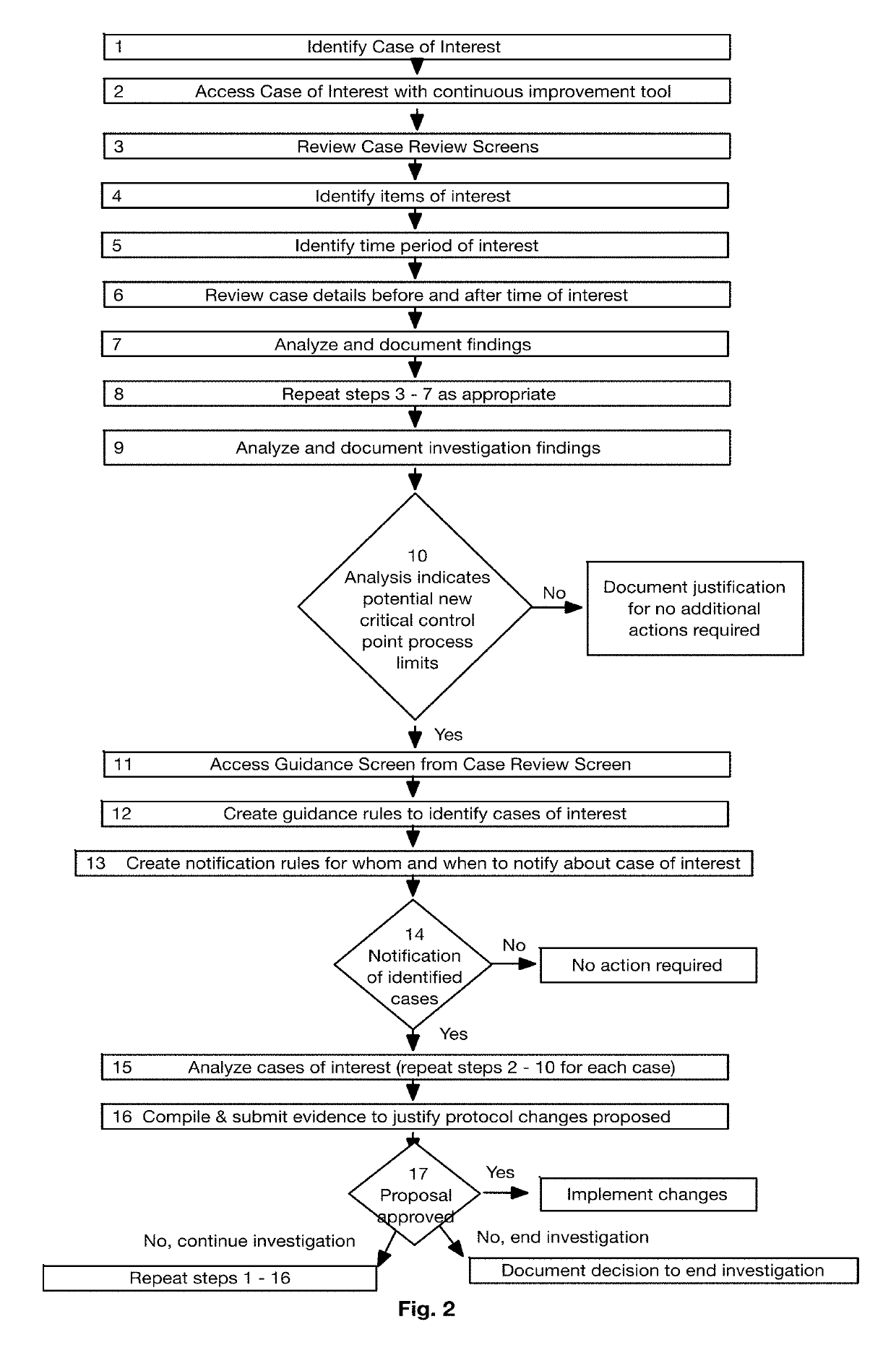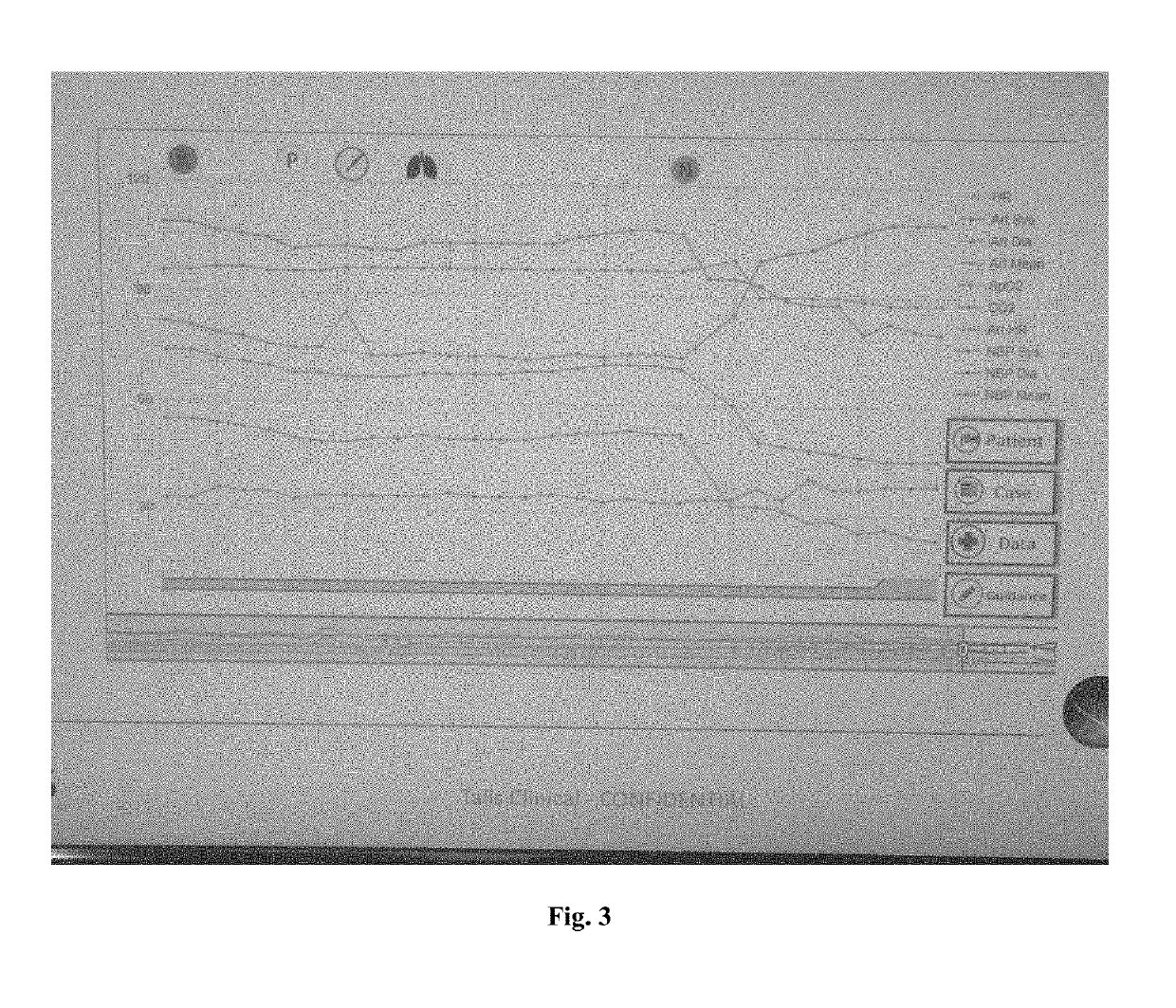However, today there are limited means to collect and store these
waves forms
in patient records.
This significantly limits the effectiveness of telemedicine interaction with remote specialists and its use during after the fact assessments of never events.
Without the ability to select specific times during the patient care to assess the entire history of the patient care, the assessments are limited to an incomplete picture of the whole story.
There is no ability to review earlier details to fully assess the potential contributions to the current patient condition.
Today there is no easy-way for a physician to have access to the most current condition of their patients remotely.
The alternative today is attempting to contact someone on duty and have them review the patient's condition over the phone, creating opportunities for miscommunications.
However, even electronic patient records are limited to a series of snap shots in time during patient care.
The snap shots routinely do not adequately provide a means to assess the
patient response to the interactions.
Therefore, the determination of correlation between any specific patient interaction is often based on opinions based on prior experience, but not based on scientifically supported facts.
The limitation placed on the failure investigation process is the content of the patient care
record.
The patient records limitations include the information included in the
patient record does not provide enough details to clearly assess the
relevant information available to the practitioner at the time of the event or prior to the event.
The limitations could include, for example, the numeric values of patient
vital signs, the waveform information, the
specific time lines for interactions, and access to data not contained in the
patient recordNumeric values of patient vital signs displayed on
medical device screens are not collected frequently enough to properly assess the
patient response to a specific interaction with the patient or advanced knowledge of patient condition.
The snap shots do not routinely provide the details needed.
Any ability to access any past data is limited if it not contained in the patient
record.
Because, for the most part, the current systems do not collect the data, it is not available for subsequent review.
However, there is no means to assess with validity of these proposed corrective actions without exposing some number of patients to potential increase of risk.
In many situations, the proposals may not align with the approved procedural protocols.
Therefore, the IRB may question the wisdom of interfering with accepted practice without scientific evidence.
The IRB will deny the approval of the experiment because the proposed changes cannot the adequately justified.
The tools currently available are limited with respect their ability to support traditional failure investigation,
process control methodology and
verification and validation of proposed corrective and preventive actions.
But, the remote monitoring only involves a current review.
It does not allow for a retrospective view.
Additionally, these rules engines may not be understood by the practitioner and may not include all the data available from multiple medical devices that add critical insight into the proper care of the patient.
However, today there are limited means to collect and store these
waves forms
in patient records.
This significantly limits the effectiveness of telemedicine interaction with remote specialists and its use during after the fact assessments of never events.
However, today there are no or very limited means to collect and store these waves forms in patient records.
This significantly limits the effectiveness of telemedicine interaction with remote specialists and its use during after the fact assessments of never events.
Without the ability to select specific times during the patient care to assess the entire history of the patient care, the assessments are limited to an incomplete picture of the whole story.
 Login to View More
Login to View More  Login to View More
Login to View More 


